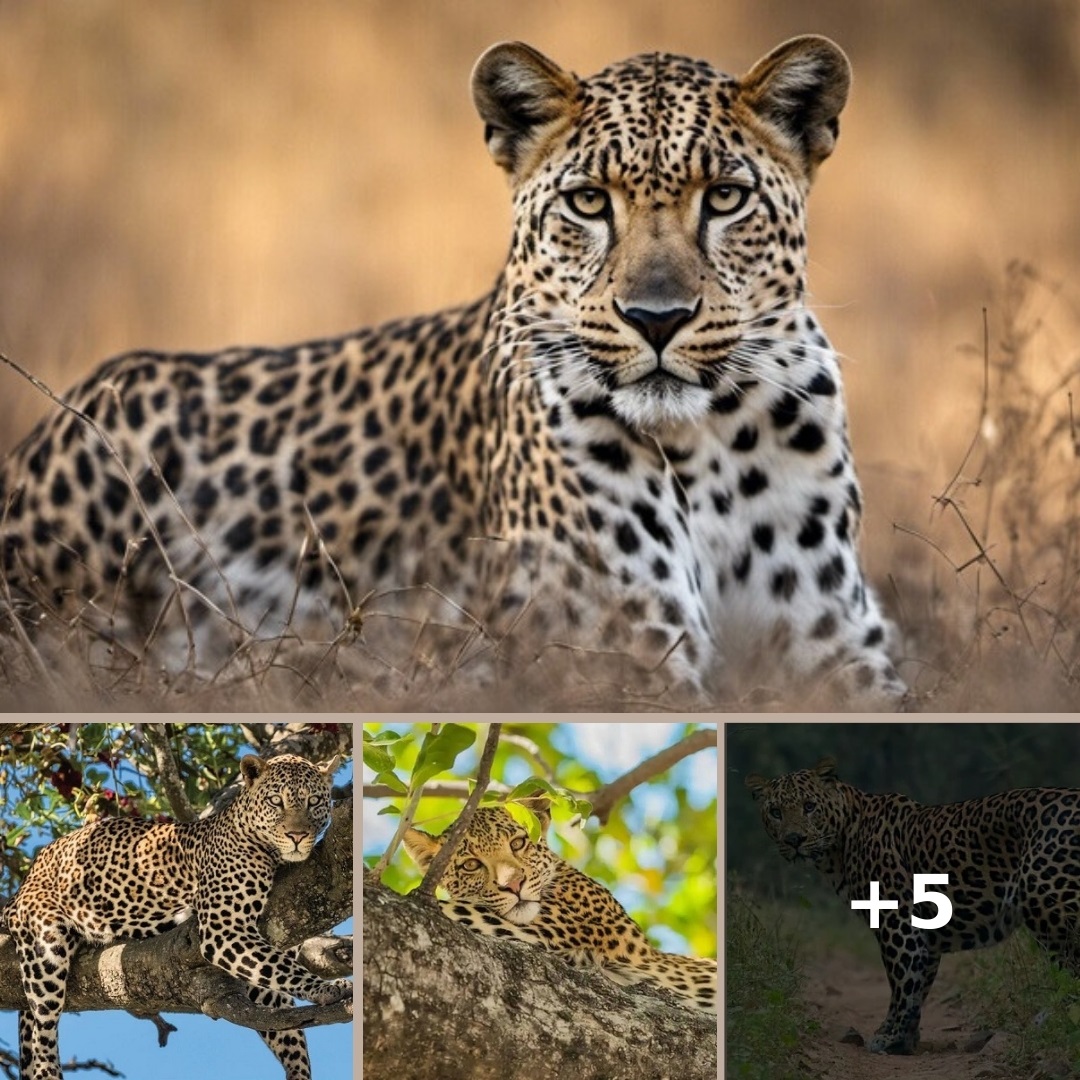A recent leopard sighting in southern Cameroon has revitalized efforts to conserve the region’s dwindling wildlife, with researchers uncovering the first evidence of this elusive big cat in over two decades.
A Return to Former Ranges Ecologists has long sought to document species believed to be lost from their historical ranges.
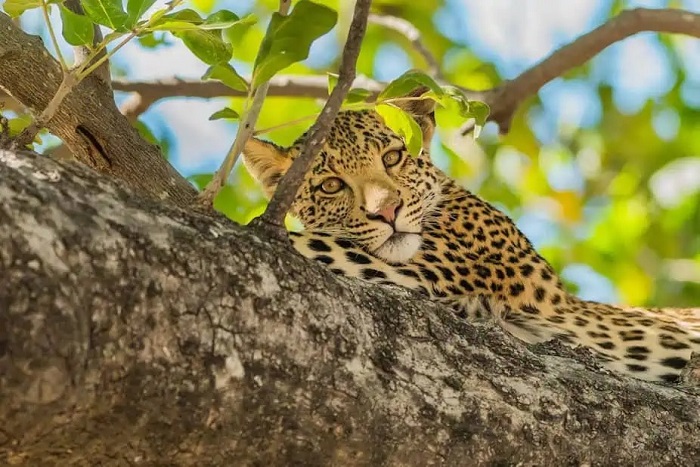
Recent successes, like rediscovering lowland gorillas in Equatorial Guinea and Babirusa pigs on Buru Island, Indonesia, have shown the importance of modern conservation tools like camera traps.
These devices, triggered by motion, capture images of animals, providing invaluable data on their presence and behavior.
Rediscovering the African Leopard In 2019, researchers set up 19 camera traps in southern Cameroon to study the ecology of endangered forest elephants.
Surprisingly, they captured a rare image of an adult leopard in the Campo-Ma’an National Park area, marking the first documented sighting in 20 years.
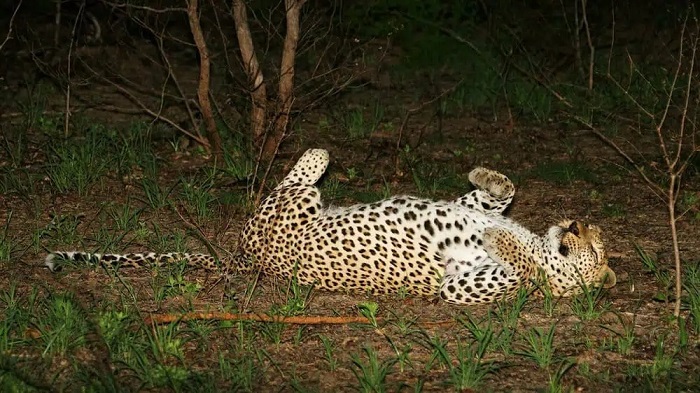
Though only one leopard was photographed, its presence is a crucial sign that leopards might still inhabit the region, possibly serving as the apex predator.
Conservation Challenges Leopards have a wide range across Africa, with the ability to adapt to various environments, from savannas to rainforests.
However, their numbers are believed to be declining due to habitat loss, illegal hunting, and human encroachment.
A 2016 study indicated that the African leopard’s range has shrunk to 67% of its historical extent, with populations in the Congo Basin, once considered a stronghold, now significantly reduced.
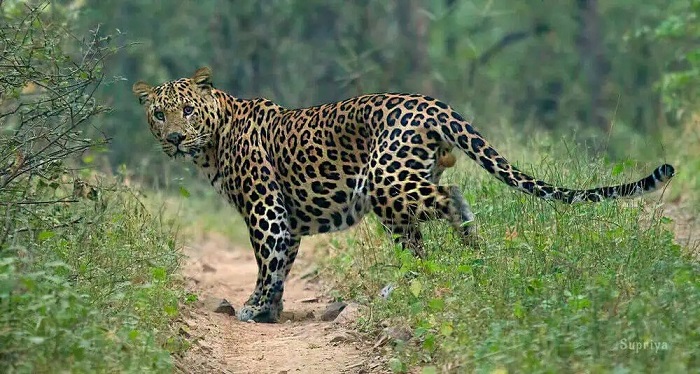
Future Conservation Efforts in Campo-Ma’ann The surprise sighting has galvanized new conservation initiatives in the Campo-Ma’ann area.
With the support of the local community and Cameroon’s Ministry of Forestry and Wildlife, researchers aim to expand their camera-trapping efforts to understand leopard habitat use better.
This data will guide future conservation strategies and help mitigate human-leopard conflicts, which have risen due to increased human settlement and deforestation.
Campo-Ma’an National Park, spanning 2,680 square km, is part of the Congo Basin, the second-largest tropical rainforest in the world.
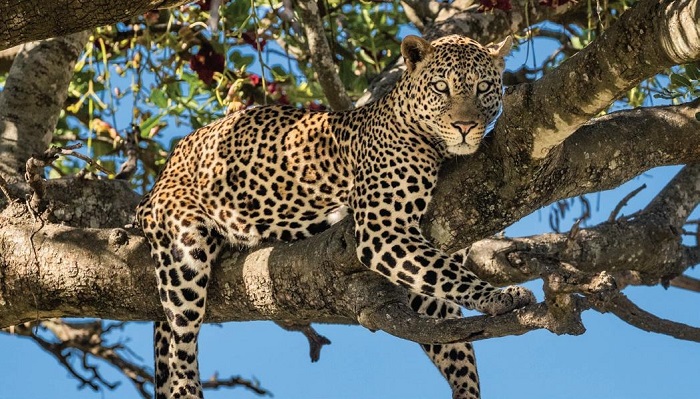
The area is home to many species, including endangered ones like the western lowland gorilla, forest elephant, and chimpanzee.
However, it also faces significant human pressure from logging and palm oil plantations, posing severe threats to the region’s wildlife.
Researchers believe that sustained monitoring and a long-term conservation strategy will be crucial in ensuring the survival of leopards and other endangered species in Campo-Ma’an.
Given the park’s proximity to over 100 human settlements, the need for ongoing efforts to protect its biodiversity is urgent.
